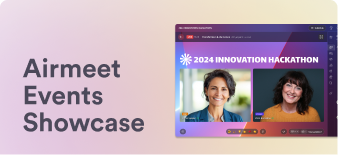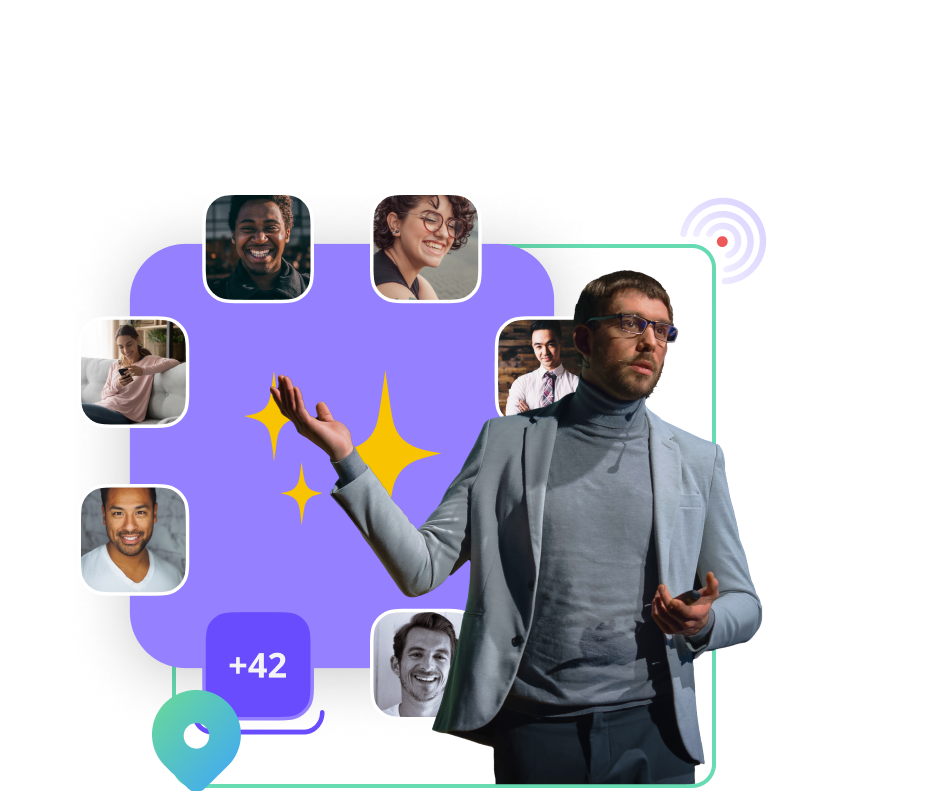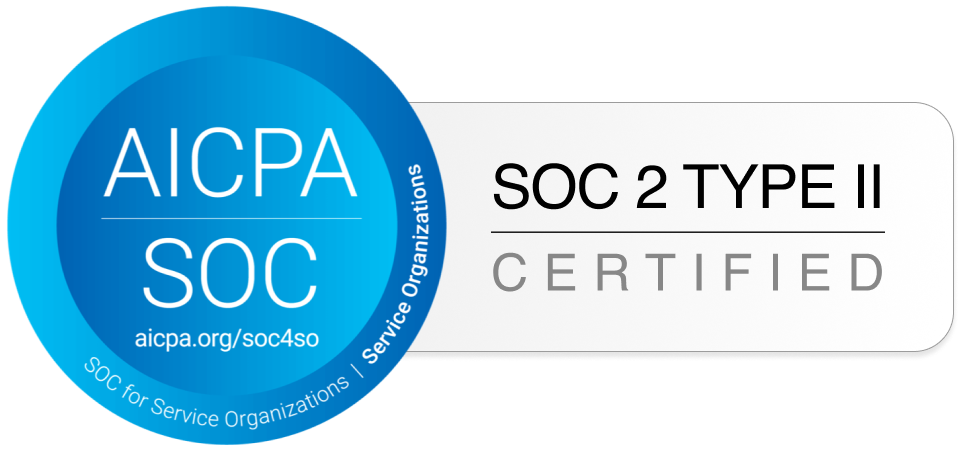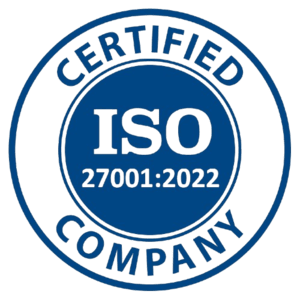If properly planned, executed, and analyzed, customer marketing events can be a growth engine for companies in any industry.

This article examines the fundamentals of customer marketing events, key elements of strategic planning, advanced engagement techniques, and the emergence of trends that will determine the future of this domain.
Comprehensive Framework for Successful Customer Marketing Events
1. Strategic Event Conceptualization
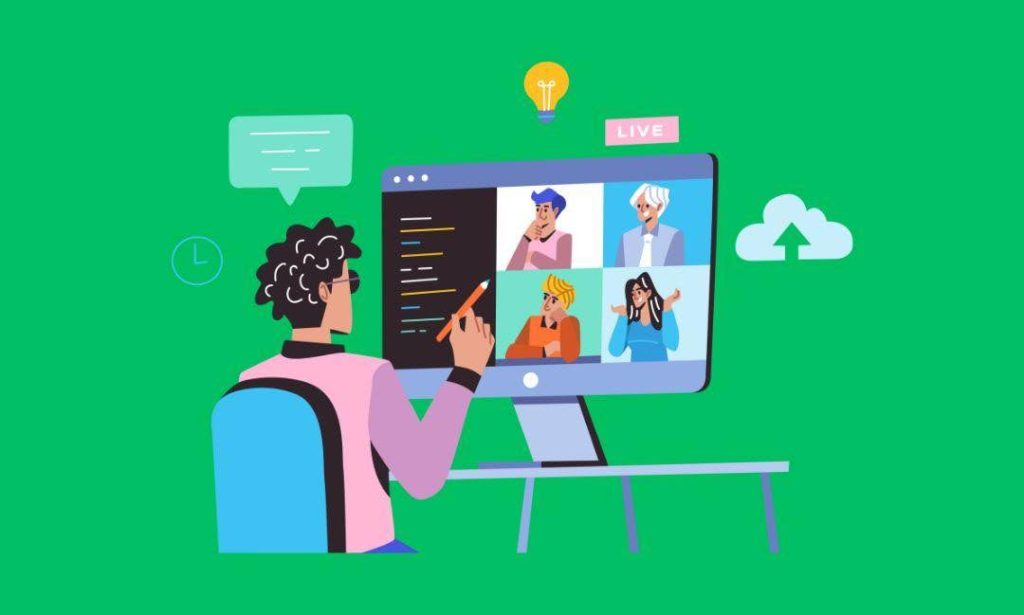
A well-thought-through customer marketing event is rooted in excellent planning and strategy. Companies that create customer marketing events with as much thought and scrutiny as they would when designing a new product are guaranteed to taste success.
Key Considerations:
- Define Clear Goals: Establish quantifiable, precise goals for your customer marketing events, such as raising client lifetime value, cultivating loyalty, or increasing customer retention. Make sure these goals align with the company’s overarching goals.
- Comprehensive Research: Understand customer demographics, preferences, and pain points for a well-structured event.
- Internal Alignment: Ensure that the event’s purpose aligns with the organization’s purpose for a more potent message.
2. Technological Infrastructure and Platform Selection

Nowadays, event platforms provide many options beyond hosting, empowering organizers to transform customer events into interactive and impactful experiences.
Essential Technological Features:
- Robust Registration Process: Simplify the registration process as much as possible, thereby assisting participants in onboarding more efficiently and engagingly.
- Advanced Analytics Tools: Allow monitoring of performance post an event, attendee behavior, and analysis for future improvement.
- Integrated CRM Capabilities: Use CRM solutions to effectively handle tailored follow-up after events and enhance client relationships through focused messaging.
Some popular virtual event platforms like Airmeet provide unique features for events catering to diverse functions and goals.
3. Engagement Strategies: Beyond Traditional Approaches
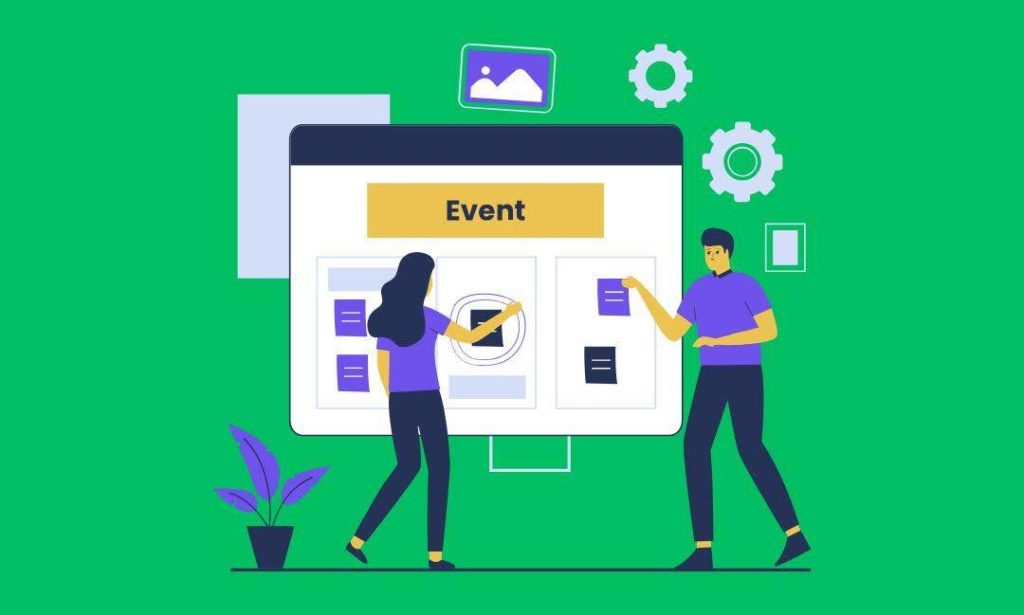
Engagement is the heart and soul of every event, and it separates successful customer marketing events from routine ones.
Innovative Engagement Techniques:
- Live Engagement: Use live polling and Q&A sessions to encourage people to participate actively and retain knowledge.
- Personalized Content: through AI-driven recommendations, tailor content to the preferences of individual attendees, thereby creating an enriched experience.
- Connecting on Virtual Lounges: It holds meaningful connections, matchmaking, and meeting one-to-one capabilities.
Event Formats and Their Strategic Applications
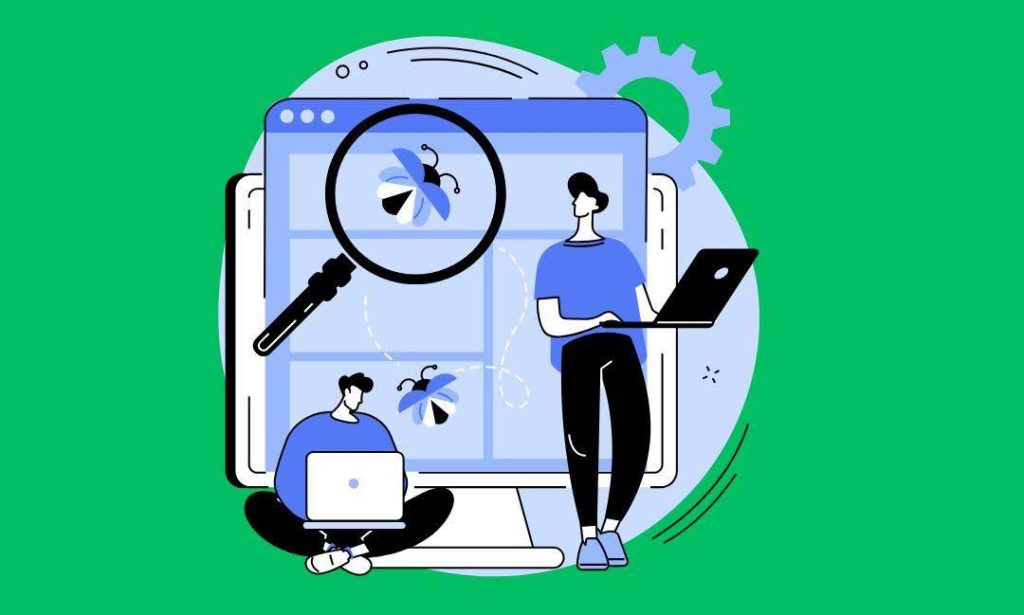
Webinars
Its flexibility and minimal cost in delivering focused, expert-level content to specific audience groups are why the format of webinars is attracting organizations of all sizes.
Webinar Optimization Strategies:
- Curated Content: Ensure that webinar topics address specific audience needs. The topic of webinars should be specifically crafted to address the needs of particular audiences and make your brand a thought leader.
- Technical Production Quality: Invest in professional audio-visual setups to deliver an excellent presentation.
- Strategic Follow-Up: Use CRM tools to monitor attendee participation and create follow-up campaigns accordingly.
Virtual Conferences
Virtual conferences provide an expansive field for exploring issues on different matters, with extensive networking. Usually, they consist of tracks, keynote addresses, and exhibitor stands.
Conference Design Principles:
- Multi-Track Sessions: This involves multiple sessions on diverse topics to cater to your participants’ interests.
- Advanced Networking Features: Virtual event platforms generally offer several networking features, including breakout rooms, roundtable sessions, networking lounges, and more, to ensure an engaging and interactive attendee experience in a virtual environment.
- Exhibit Halls/Virtual Booths provide a dedicated space for sponsors/exhibitors and participants to interact through various activities and call-to-actions.
Hybrid Events
Hybrid events form an essential element between in-person and digital experiences. However, when it becomes mandatory to reach large audiences without compromising on human aspects, the requirement for hybrid events is increasing.
Hybrid Event Execution:
- Complex and Integrated Platforms: The union between physical and virtual is merged in unison using complex integrated platforms.
- Accessible Design: Incorporate accessible elements to ensure that everyone is represented equally.
Advanced Data-Driven Optimization Techniques

Comprehensive Performance Metrics
Contemporary customer marketing events can bring mountains of workable data to the surface. When analyzed, this data can uncover insight to improve future events.
Key Performance Indicators:
- Registration Levels: Determine the difference between actual registrations and attendance.
- Engagement Metrics: Measures the number of chats, polls, and Q&As received.
- Conversion Metrics: After the event, determine the number of participants moving down the sales funnel.
Predictive Analytics and AI Integration
Artificial intelligence is revolutionizing the outlook of organizations toward customer event marketing through the provision of means to make better decisions
AI-Powered Strategies:
- Predictive Attendee Matching: Matching similar attendees to foster networking
- Dynamic Content Personalization: Deliver content recommendations based on attendees’ behavior and preferences using AI.
- Advanced Lead Scoring: Automate lead qualification to speed up follow-ups and sales after an event.
Industry-Specific Considerations

Some issues exist in specific industries. The flexibility of changing according to the nature of industries adds to the effectiveness and impact of customer marketing events.
Technology and SaaS
- Invite people to demonstrate the capability and innovative functions of the product.
- Invite the gurus of technological trends to wow customers and drive adoption.
Education and Training
- Conduct sessions with the help of interactive methods and practical learning.
- Offer developmental modules that can add more competency to participants to see tangible outcomes.
Non-Profit and Social Impact
- Storytelling-led event concepts to deliver an emotional experience for your target audience.
- To encourage support and involvement, emphasize how your organization’s work has a tangible impact.
Emerging Trends and Future Outlook
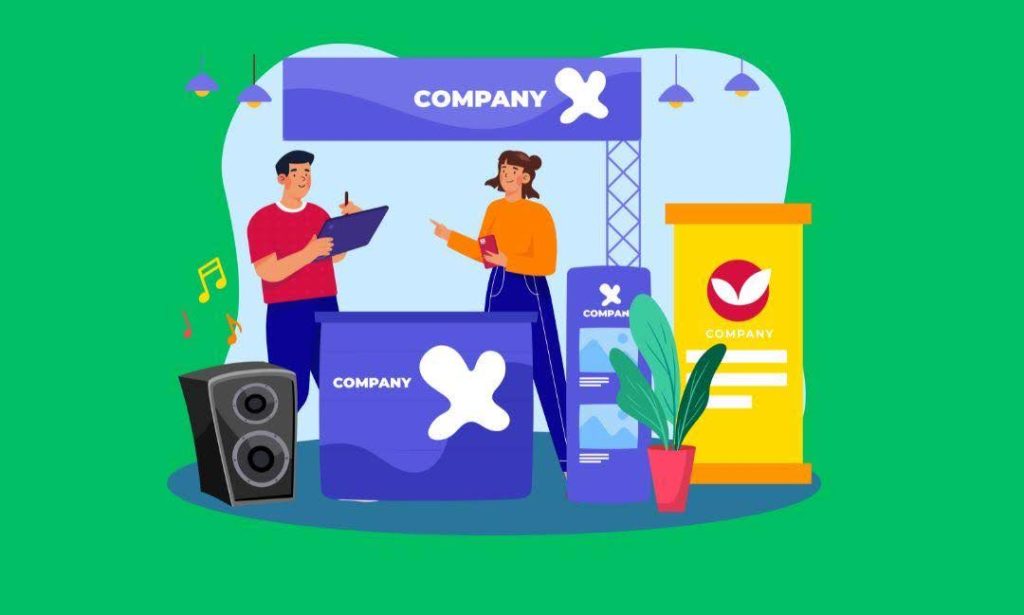
Technological Innovations
- Immersive Technologies: Combine Augmented and Virtual Reality
- Cybersecurity: Invest in the best security solutions for participant data protection and earning trust
Sustainability and Accessibility
- Environmental Awareness: Host virtual and hybrid events to minimize carbon footprints.
- Global Accessibility: The events should be accessible to participants from diverse backgrounds and geographies.
Conclusion
The future of consumer marketing events is value-driven experiences that are so profoundly genuine and significant that they go beyond conventional communication channels. Technological innovation aimed at providing highly customized and interactive experiences that captivate consumers is at the heart of this evolution. If strategic focus is maintained, customer marketing events will become a powerful draw for deeper connections and increased business.
Rethink your approach to customer marketing events. Invest in the best-of-breed platforms, keep your attendees’ needs and interests front and center, and use every event to nurture long-term relationships that build long-term value for your brand.
Frequently asked questions
- Targeted content webinars.
- Massive engagement virtual conferences
- Hybrid events with even broader reach.
- Hands-on knowledge workshops
- Networking events.
Interactive polls, live Q&A, AI personalization gamification, and good pre- and post-event communication.
- Immersive experience through AR/VR.
- Sustainable with hybrid events.
- Accessible captions and multilingual support.
- Real-time personalization through predictive analytics
Attends tracked engagements, conversion rates, feedback, social media buzz, and investment returns.

